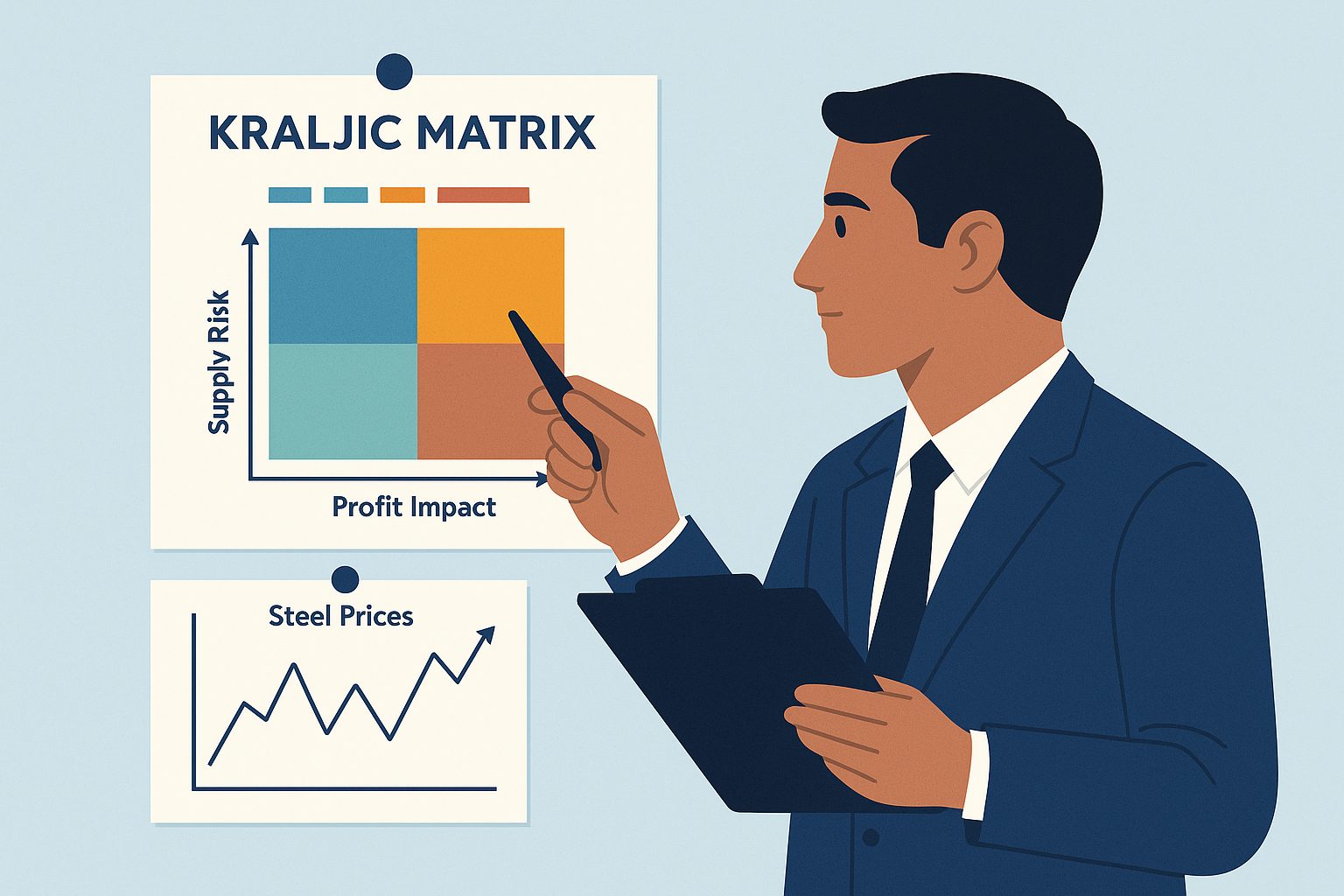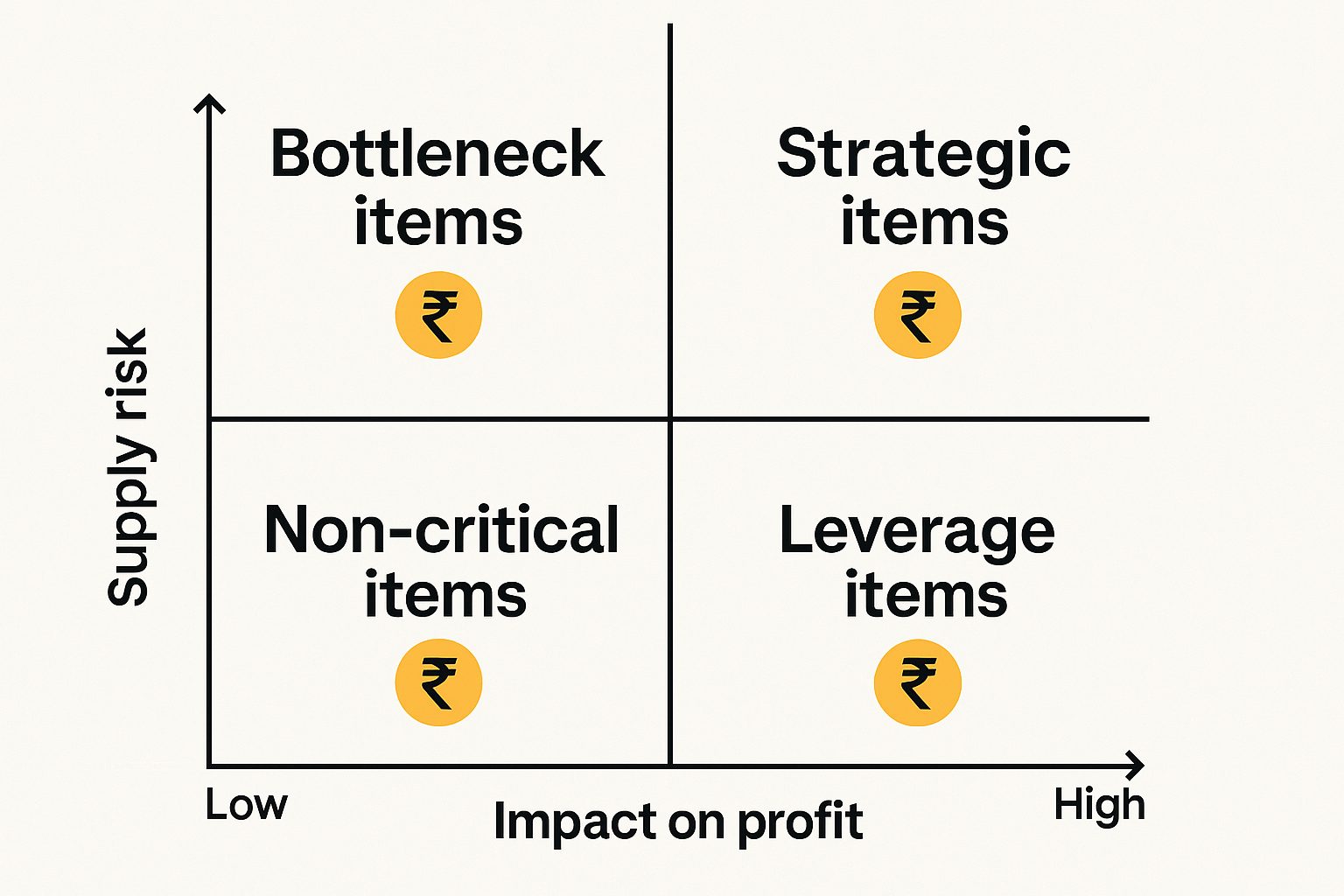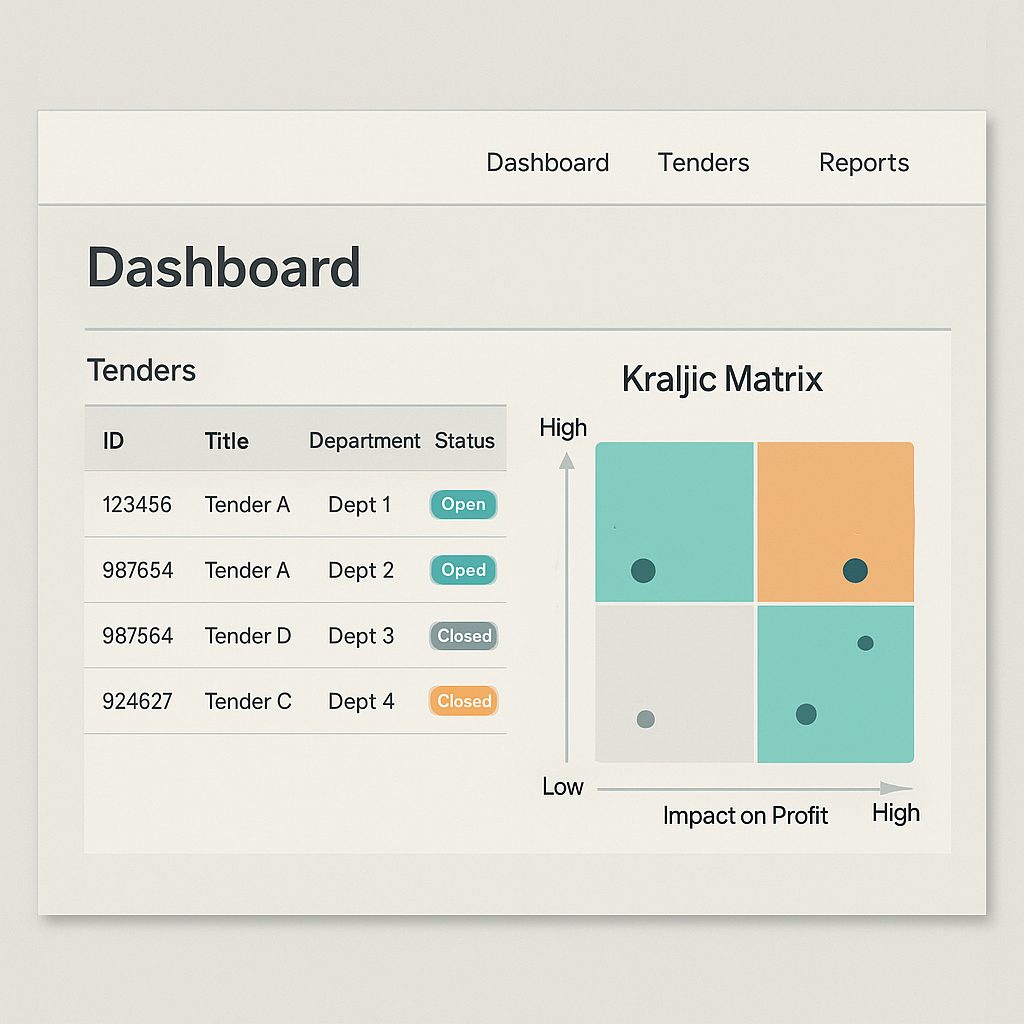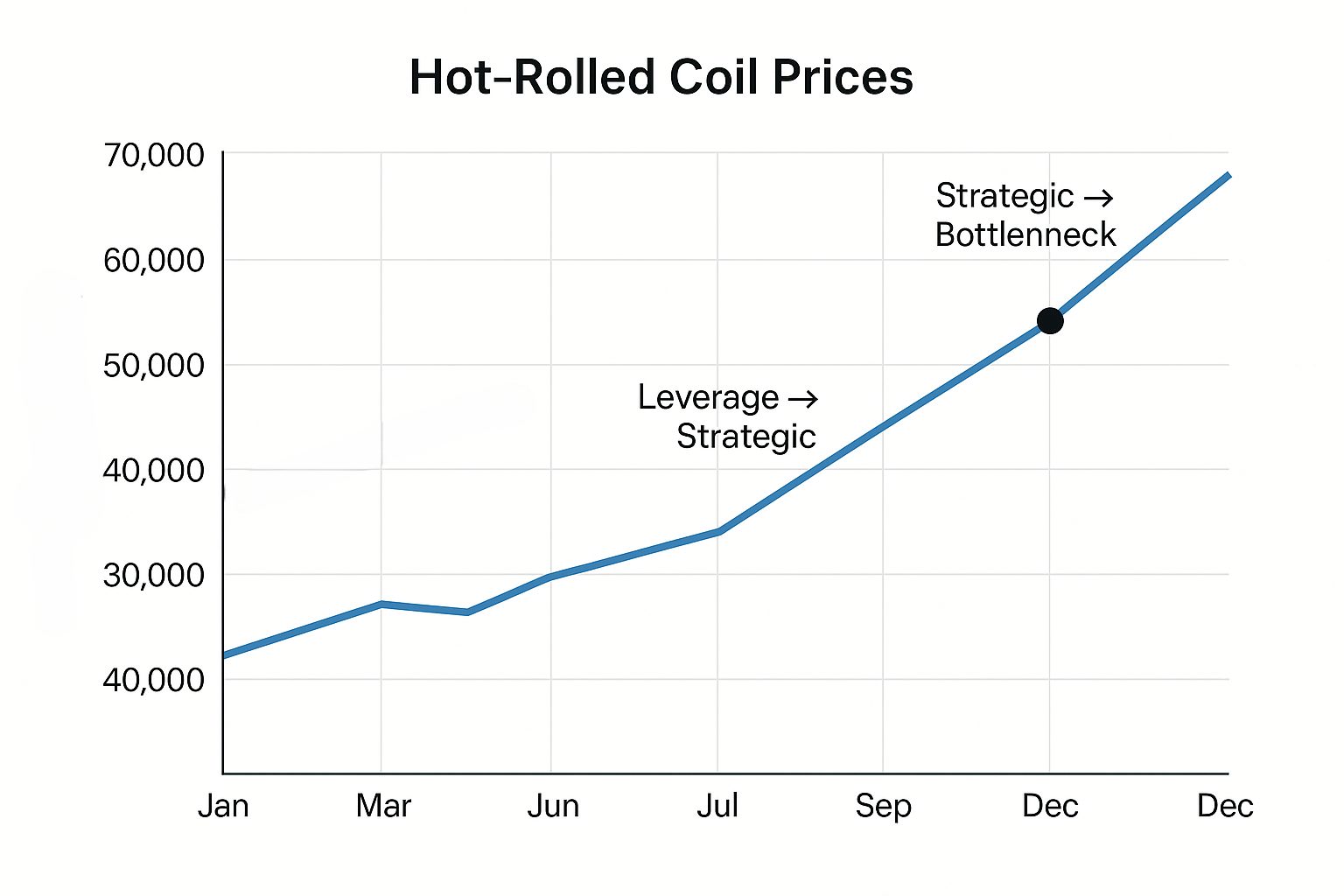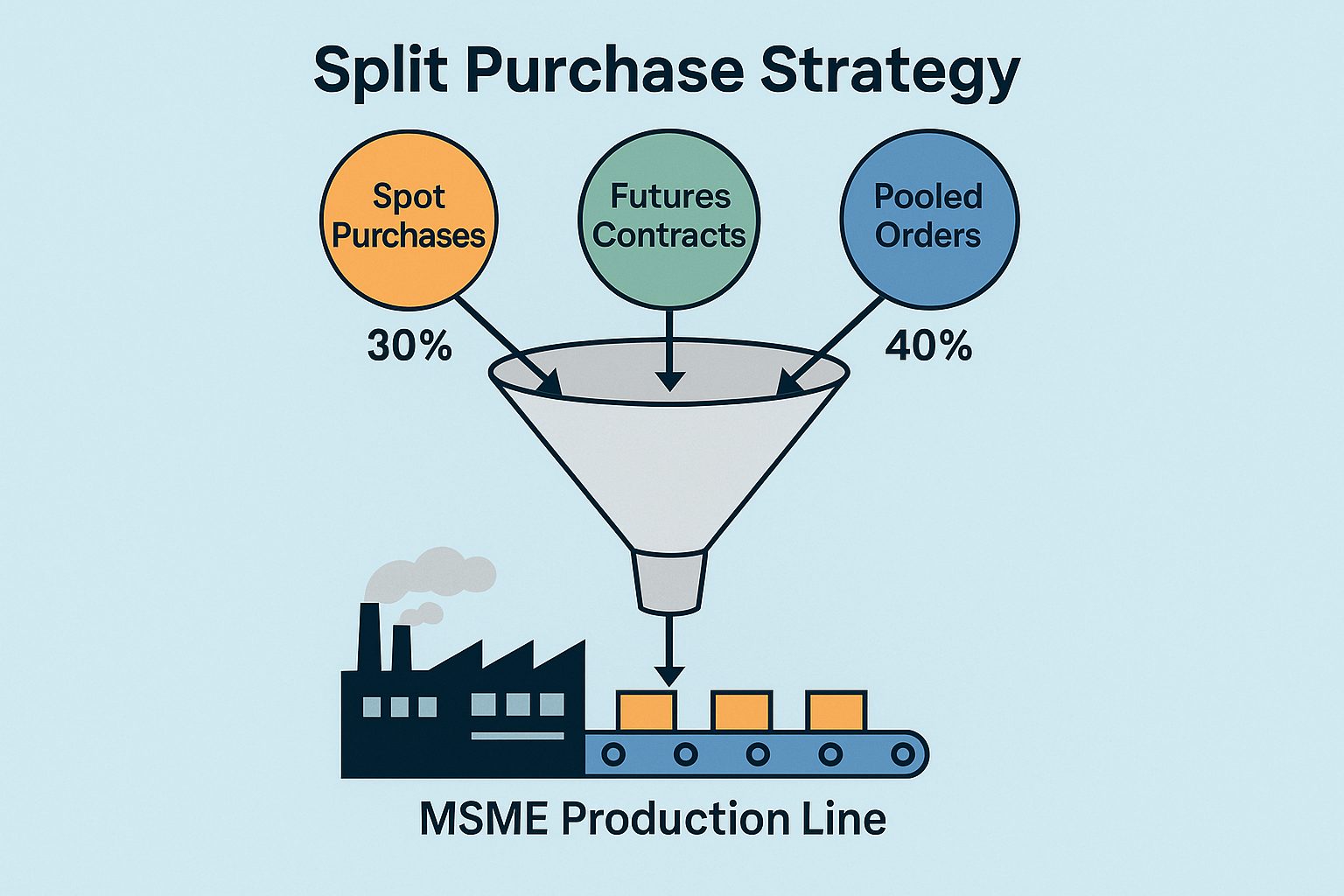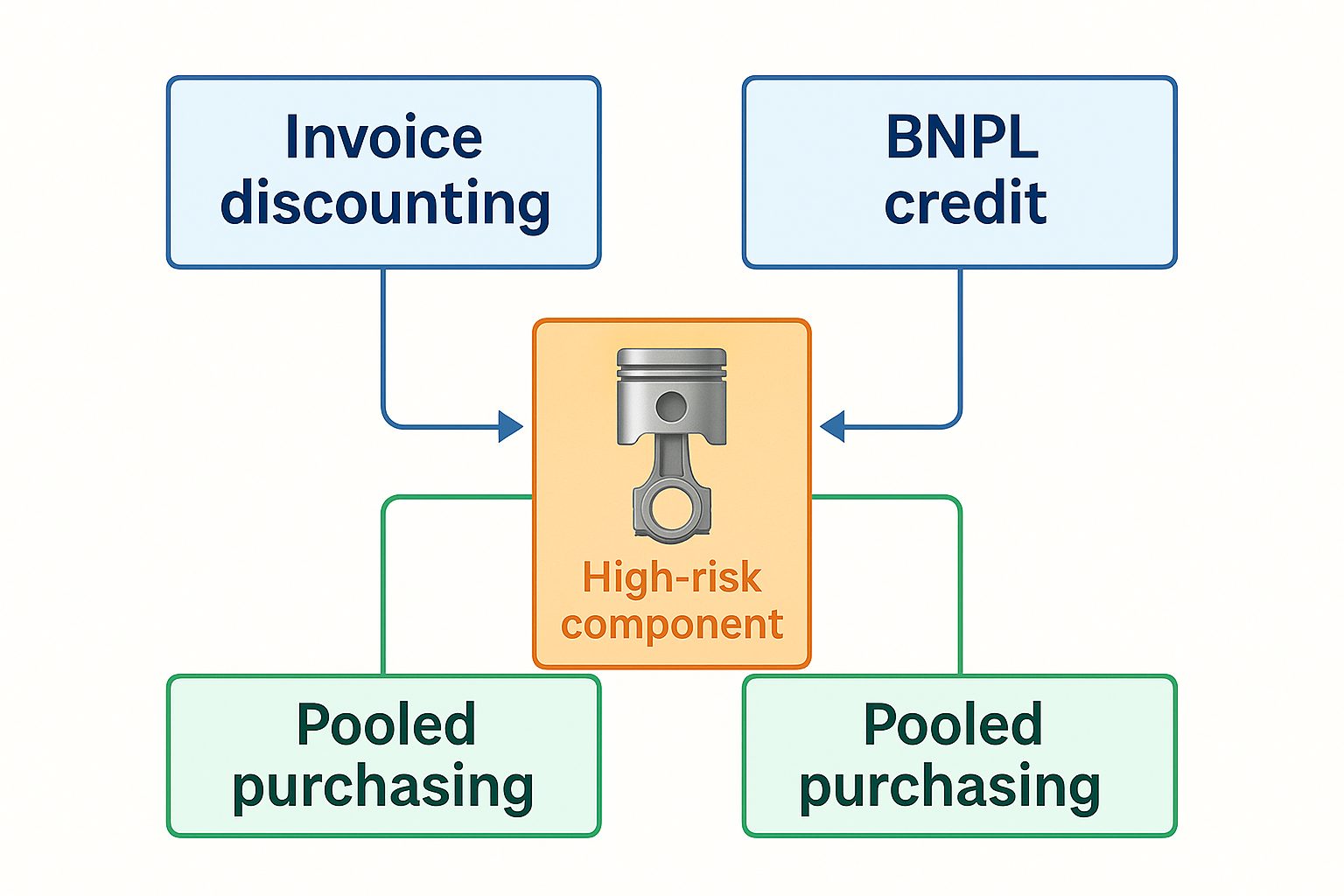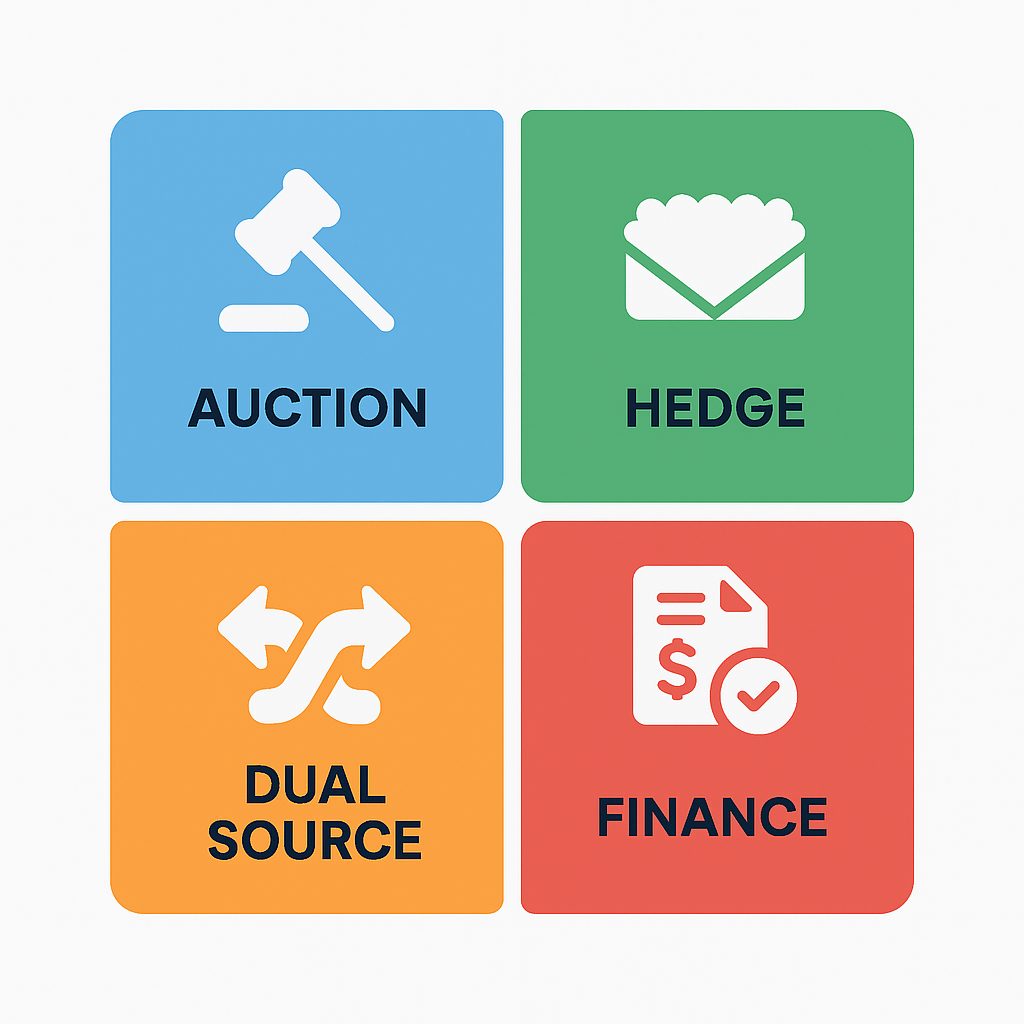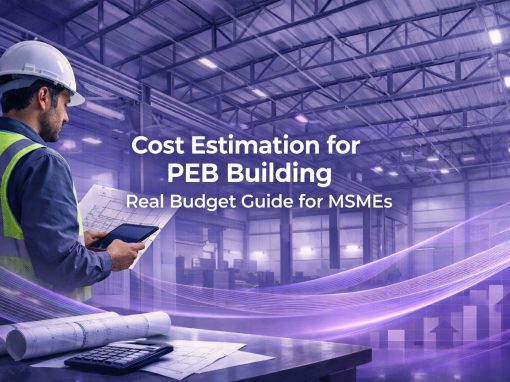Table of Contents
- Introduction
- Understanding the Kraljic Matrix
- Linking Quadrants to GeM & State-Tender Strategy
- Hedging Steel-Price Volatility with Kraljic Analytics
- Extending the Matrix to 3PL & Last-Mile Logistics Risk
- Low-Cost Digital Dashboards for Real-Time Segmentation
- Building Resilience with ESG and Co-Innovation
- Unlocking Cash for Bottleneck Buys
- Conclusion
India’s manufacturing revival rides on nimble buyers who outsmart supply risk—yet many small firms still chase the lowest quote in isolation. The kraljic matrix flips that reflex. It frames procurement strategy as portfolio analysis, not piecemeal firefighting, and helps owners see which suppliers truly steer profit or jeopardise delivery.
Here’s what you don’t usually hear: import delays, QCBS tender rules, and sudden freight surcharges now collide daily. A single stuck container can erase a month’s margin faster than you can renegotiate credit terms. That reality makes the matrix less of an academic artefact and more of a survival dashboard—especially for MSMEs juggling working capital and compliance.
Over the next few sections, you’ll learn how to translate this two-axis grid into everyday decisions—bidding smarter on GeM, hedging volatile steel, and funding bottleneck items without draining cash. The cost isn’t just monetary—it’s strategic.
Understanding the Kraljic Matrix in an MSME Context
Textbooks sketch the kraljic matrix as a tidy 2×2, but real factories are messier. Think of it as portfolio analysis for bolts, coils, fuel, and freight—each plotted by supply risk on one axis and business impact on the other. High risk, low spend? You’ve spotted a bottleneck item. High impact, low risk? That’s a leverage item begging for volume discounts.
Most MSME procurement teams start by dumping last year’s invoices into a spreadsheet. A quick spend categorisation shows that only a handful of suppliers control 60 % of the budget. Layer on delivery delays or import dependence, and the scatterplot suddenly reveals four clear zones: non-critical items, leverage, bottleneck, and strategic items. The visual forces tough questions—dual-source or stockpile, negotiate or nurture?
Here’s a ground-floor example. A ₹35-crore sheet-metal fabricator in Pune ran the matrix and discovered welding electrodes sat in the bottleneck quadrant: tiny spend, huge downtime risk. The fix was simple—add a second domestic supplier and hold a week’s buffer stock. Result? Zero line-stops last quarter and a 3 % jump in on-time deliveries.
Notice the shift: we’re not chasing lowest price alone. We’re balancing credit risk, tender compliance, and delivery reliability in one view. The cost isn’t just monetary—it’s strategic, echoing across QCBS evaluations and customer SLAs. When the grid lives on a wall (or better, a digital dashboard), procurement strategy becomes a daily habit rather than an annual audit.
Linking Quadrants to GeM & State-Tender Strategy
Public buyers don’t care where an item sits in your grid—yet the kraljic matrix quietly shapes how you chase their tenders. Start with non-critical items. These low-risk, low-impact purchases usually land under L1 bidding rules on GeM. Keep bids lean, automate quote uploads, and avoid over-engineering quality documents.
Move to leverage items. Think packaging film or standard HR sheet sizes. High spend but plenty of suppliers. GeM’s reverse-auction feature becomes your friend here; use spend analytics to set a walk-away rate, then let suppliers race to the floor.
The game changes in QCBS-weighted or rate-contract tenders. Bottleneck items—say, import-duty-sensitive copper tubing—carry delivery penalties. Offset that risk by linking tender timelines to buffer stock coverage. Proof of safety stock often scores hidden marks in technical evaluation, even if criteria don’t spell it out.
Finally, strategic items like custom die sets demand relationship playbooks. State undertakings sometimes allow negotiated procurement for niche tooling. Document long-term supplier collaboration, ESG audits, and warranty clauses; such details reassure evaluators that you will not default mid-project.
Small opinion here: many MSMEs treat GeM as a price shoot-out. The matrix reminds you that aligning the right quadrant with the right tender pathway preserves margin and compliance.
Hedging Steel-Price Volatility with Kraljic Analytics
Commodity volatility can flip a leverage item into a bottleneck overnight. Steel proves it every quarter. In February 2025, HR coil ticked up 12 % in Mumbai within six weeks—enough to rattle even cash-rich firms. For an MSME stamping unit, that swing can erase a full year’s net profit.
First, plug daily price feeds into your spend categorisation sheet. When variance crosses, say, 4 % week-on-week, flag the SKU for review. A smart dashboard redraws the risk-impact grid automatically, moving HR sheet from leverage to strategic if exposure breaches two months of revenue.
Next, apply hedging levers mapped to each quadrant. For leverage items, lock half the volume under a quarterly frame contract; leave the rest to spot buys when mills discount. For strategic items, explore futures or index-linked contracts—an approach gaining ground among Tier-2 auto suppliers. One Aurangabad press shop recently tied 60 % of its coil volume to the Metal Bulletin index with a ±3 % collar. Result: predictable cash flow, smoother tender quoting.
Don’t ignore demand pooling. Two neighbouring fabricators can jointly bid for coil on an e-procurement portal, pushing them into preferred-customer status with a service centre. Lower per-tonne rates and better credit terms arrive together.
Finally, fuse price alerts with supplier segmentation. If your primary mill hesitates on credit extensions, shift 20 % volume to a distributor willing to offer 30-day BNPL financing. The cost isn’t just monetary—it’s strategic, preserving production rhythm when markets wobble.
Extending the Matrix to 3PL & Last-Mile Logistics Risk
Procurement rarely stops at raw material. Freight delays punish MSME cash flow just as harshly as price spikes, yet few teams plot 3PL contracts on the kraljic matrix. Try it once. Lane reliability, transit time variance, and fuel-surcharge clauses form your risk axis; distribution cost per invoice anchors business impact.
Low-volume city deliveries often land in the non-critical quadrant. Negotiate purely on rate cards and keep a bench of on-demand vans. Leverage services—say, regular Mumbai–Pune full-truck loads—carry high spend but low exclusivity. Push for multi-year discounts or zero-fuel-escalation bands.
Watch out for bottleneck routes: remote locations served by a single transporter, or brittle railheads during monsoon. One Jaipur ceramics exporter saw export orders stall when a minor highway landslide choked its only path to Nhava Sheva. The fix was strategic—dual-mode contracts combining rail to Gujarat and short-haul road legs.
Finally, treat strategic logistics partners much like core material suppliers. Tie them into demand forecasts and share maintenance KPIs. A Bengaluru electronics assembler inserted uptime bonuses into its multimodal freight deal—95 % on-time or the carrier forfeits 3 % of monthly fees. Delivery OTIF rose eight points within two quarters.
Opinion: ignoring freight in your matrix leaves a blind spot. The cost isn’t just monetary—it’s customer trust tumbling when parcels arrive late.
Low-Cost Digital Dashboards for Real-Time Segmentation
A static spreadsheet freezes insight in time; markets don’t stay still. Affordable digital dashboards now let MSMEs refresh the risk-impact grid weekly—sometimes daily—without hiring a data team.
Start simple. Push purchase orders from your ERP into Google Sheets, link a free API for steel or diesel prices, and feed both into a BI tool like Power BI Desktop. Set conditional colours: any SKU with supply risk above 0.7 lights orange; impact above ₹25 lakh lights red. When both trigger, the dot jumps quadrants in real time.
Next, add real-time risk scoring. Pull customs clearance status or inland truck GPS pings through REST connectors. A Kolkata machinery maker pipes GPS delays straight into the dashboard; if dwell time at Dankuni hub exceeds four hours, associated consignments slide from leverage to bottleneck, firing a Teams alert.
Don’t forget usability. Dashboards that hide behind log-ins gather dust. Mount a large screen near the store office—human echo matters. Teams start discussing dots over chai breaks, not just in quarterly reviews.
Common hurdle? ERP integration. Legacy systems balk at open APIs. Work around it with scheduled CSV exports; most BI tools digest flat files happily. The trick is cadence—nightly refresh beats monthly audits every time.
This approach is gaining ground because it turns the once-static kraljic matrix into a living cockpit, steering purchasing moves before risk crystallises.
Building Resilience with ESG and Co-Innovation
Talk to any export buyer today and one theme surfaces—ESG procurement. They want carbon counts, safety logs, even second-tier supplier audits. Large conglomerates can hire consultants; MSMEs must improvise. The trick is to fold sustainability into the strategic items you already watch. Start with materials that shape your public footprint—steel, aluminium, critical chemicals. When you tag these SKUs as high impact, the matrix nudges you toward longer contracts and deeper collaboration.
Co-innovation turns that theory into rupees saved. A Salem-based pump maker recently huddled with its casting partner to thin impeller blades by two millimetres. Less metal, same performance. Scrap fell 11 %, energy use dipped, and both firms now pitch the upgrade as an ESG win. Notice the sequence: identify a strategic item, share pain points, run a joint pilot, document results for the next tender.
Certification closes the loop. Bureau of Indian Standards now offers “green steel” labels; upload that certificate with your bid and watch QCBS technical scores climb. Yes, audits feel tedious. Yet they move a supplier from high risk to moderate risk on the risk-impact grid—freeing you to chase new markets instead of firefighting.
Unlocking Cash for Bottleneck Buys
Bottleneck items make up a tiny slice of spend yet can stall production overnight. Worse, suppliers often demand advance payment. When the bank’s working-capital line is already stretched, where do you turn?
Step 1: Sell your receivables, not your soul.
Platforms like RXIL and M1xchange let you upload approved invoices; financiers bid to pay you now and collect later from the customer. A Nagpur gearbox manufacturer shaved its receivable cycle from 55 to 25 days—cash that went straight into stocking rare bearings.
Step 2: Tap BNPL financing for raw material.
Several fintechs front the invoice for 30–45 days at sub-1 % fees. A Ludhiana fastener unit grabbed a shipment of molybdenum screws—high risk, low volume—without touching its overdraft. The screws arrived, orders shipped, BNPL closed, margin intact.
Step 3: Dangle a carrot, not a stick.
Offer key customers a 1 % discount for payment within ten days. The liquidity cushions urgent buys when suppliers talk in dollars, not rupees.
Step 4: Stress-test exposure monthly.
If a single bottleneck part ties up more than 12 % of available cash, flip on emergency levers: staggered deliveries, consignment stock, or pooled purchasing with a neighbour. The matrix lights that alert; finance supplies the remedy.
Credit isn’t merely a ledger entry—it’s supply-chain resilience in disguise.
Conclusion
- Plot every purchase against supply risk and business impact—the grid never lies.
- Align quadrants with moves: reverse-auction leverage items, co-innovate strategic ones, buffer bottlenecks, ignore frills on non-critical buys.
- Feed live data—price feeds, GPS pings, tender calendars—into a low-cost dashboard so dots shift before trouble hits.
- Back big promises with proof: green-steel certificates, delivery KPIs, credit lines, and stress tests.
Grab last year’s PO file, sketch that first grid, and pull in finance, logistics, and quality for a frank roundtable. The conversation will surface risks spreadsheets hide—and that’s when real savings start.
Looking for the right government tenders for your business?
Tata nexarc helps MSMEs, manufacturers, and service providers find relevant government tenders across India. Discover tenders by location, category, or department, track deadlines, and get notified on time — with complete support to help you apply confidently.
FAQs
How often should an MSME refresh its Kraljic Matrix?
Can the matrix handle indirect spends like software licences?
What data is “good enough” for a first-time matrix build?
Do I need fancy BI tools to visualise the grid?
How do I factor in quality-related risks?
What’s the quickest way to upskill a small procurement team on the model?
How do project-based businesses adapt the matrix?
Which KPI proves the matrix is working?
Can suppliers see their own position on my grid?
What common mistake derails first-time users?
Ananya Mittal blends a background in data science with a passion for writing, contributing to Tata Nexarc’s efforts in creating insightful, data-informed content for MSMEs. Her work focuses on exploring sector-specific challenges and opportunities across procurement, logistics, and business strategy. She is also involved in leveraging analytics to strengthen content performance and deliver actionable insights to India's growing B2B ecosystem.


